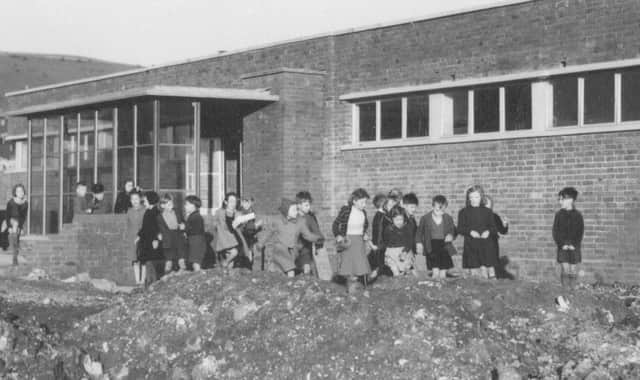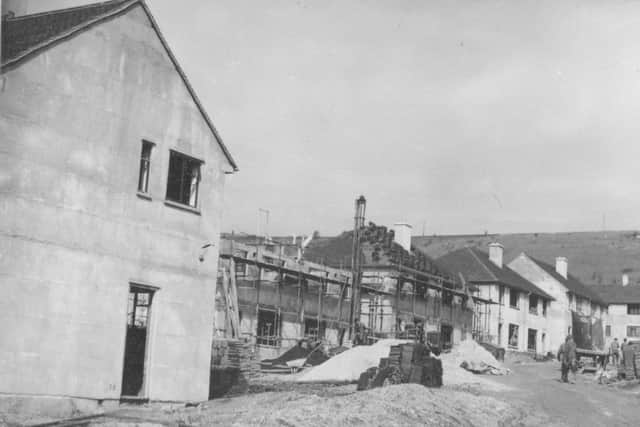Post-war housing crisis and a dire need for new Portsmouth school


For obvious reasons there had been no building in the previous five years and, assessing the general needs, it was suggested 15,000 houses would be needed.
At a council meeting on February 13, 1945, council leader Cllr Harold Pink announced steps had been taken to buy land at Paulsgrove for housing.
Advertisement
Hide AdAdvertisement
Hide AdIt was agreed to pay £103,500 for the land with legal fees of £742 14s.


To begin with 850 houses were to be built by private enterprise and 1,100 by the corporation.
A dire need was educating children and the minister of education said a critical situation would arise if the building of a school was not speeded up. The council resolved to build a primary school at Hillside.
By May 1947 the steel had been ordered for the new school. A tender from Messers Kirk & Kirk for the sum of £130,900 was accepted by the council on September 9, 1947. Meanwhile, children were bused to schools south of Portsbridge. The school opened in 1950.